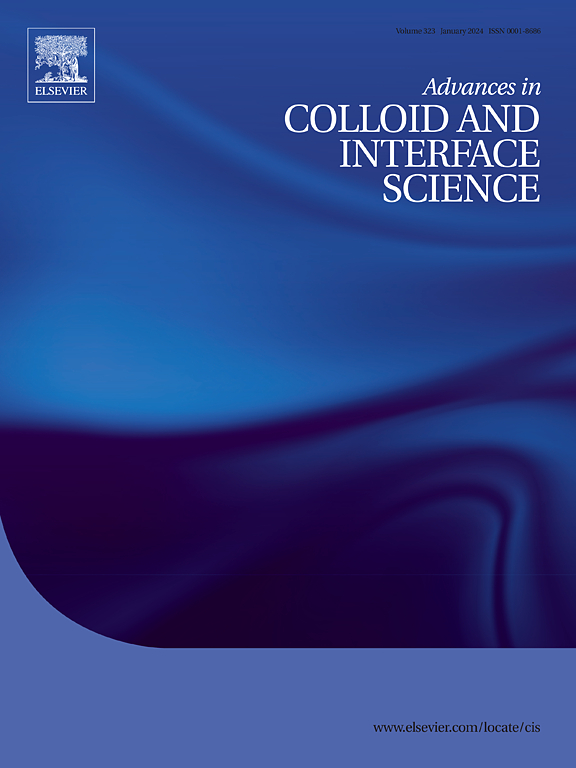Opportunities in functionalized metal-organic frameworks (MOFs) with open metal sites for optical biosensor application
IF 15.9
1区 化学
Q1 CHEMISTRY, PHYSICAL
引用次数: 0
Abstract
Biosensors have gained significant attention in recent years since they can provide real-time, non-invasive, and highly sensitive detection of various biological targets. The materials used as platforms in optical biosensors play a crucial role in determining their performance, such as sensitivity, selectivity, stability, and response time. Metal-Organic Frameworks (MOFs) with Open Metal Sites (OMS) present a powerful platform for developing optical biosensors with increased functionalities. The combination of MOFs structural flexibility, large surface area, and the unique reactivity of OMS allows for highly sensitive, selective, and multiplexed detection of various biological targets, achieving the incorporation of biomolecules of different nature, to enable an increase in selectivity and specificity. These advantages make them highly suitable for applications in medical diagnostics, mainly focused on detecting glucose, pathogens, cancer biomarkers, toxins, and pollutant compounds, as we present in this revision. As research advances, we expect more innovative uses of functionalized MOFs-OMS in the optical biosensing field. Combining additional materials, such as biomolecules, nanoparticles, nanofibers, or quantum dots, enhances their output signal performance in biosensing applications for analyte detection in complex samples (i.e., clinical, serum, and food matrices). A direct comparison of the most critical properties of biosensors with and without MOFs-OMS is presented, where the detection of specific analytes often relies on changes in optical properties like fluorescence, absorption, or scattering. This review highlights the exceptional properties of MOFs with OMS, such as strong interaction with biomolecules, high sensitivity, and selectivity related to their nanostructural composition, describing the opportunities for future implementation in the diagnostics sector. Additionally, an outlook of forthcoming challenges underscores the potential of these materials for advancing novel optical biosensing technologies.

具有开放金属位点的功能化金属有机框架(MOFs)在光学生物传感器应用中的机会
近年来,由于生物传感器能够实时、无创、高灵敏度地检测各种生物靶点,因此受到了广泛的关注。用作光学生物传感器平台的材料在决定其性能(如灵敏度、选择性、稳定性和响应时间)方面起着至关重要的作用。具有开放金属位点(OMS)的金属有机框架(MOFs)为开发具有更多功能的光学生物传感器提供了一个强大的平台。结合mof的结构灵活性、大表面积和OMS独特的反应性,可以对各种生物靶标进行高灵敏度、选择性和多路检测,实现不同性质生物分子的结合,从而提高选择性和特异性。这些优点使它们非常适合应用于医学诊断,主要集中在检测葡萄糖、病原体、癌症生物标志物、毒素和污染物化合物,正如我们在本修订版中介绍的那样。随着研究的深入,我们期待功能化MOFs-OMS在光学生物传感领域有更多的创新应用。结合其他材料,如生物分子、纳米颗粒、纳米纤维或量子点,可以增强其在复杂样品(即临床、血清和食品基质)中分析物检测的生物传感应用中的输出信号性能。本文对具有和不具有MOFs-OMS的生物传感器的最关键特性进行了直接比较,其中对特定分析物的检测通常依赖于荧光、吸收或散射等光学特性的变化。这篇综述强调了带有OMS的mof的特殊特性,如与生物分子的强相互作用、高灵敏度和与其纳米结构组成相关的选择性,描述了未来在诊断领域应用的机会。此外,对未来挑战的展望强调了这些材料在推进新型光学生物传感技术方面的潜力。
本文章由计算机程序翻译,如有差异,请以英文原文为准。
求助全文
约1分钟内获得全文
求助全文
来源期刊
CiteScore
28.50
自引率
2.60%
发文量
175
审稿时长
31 days
期刊介绍:
"Advances in Colloid and Interface Science" is an international journal that focuses on experimental and theoretical developments in interfacial and colloidal phenomena. The journal covers a wide range of disciplines including biology, chemistry, physics, and technology.
The journal accepts review articles on any topic within the scope of colloid and interface science. These articles should provide an in-depth analysis of the subject matter, offering a critical review of the current state of the field. The author's informed opinion on the topic should also be included. The manuscript should compare and contrast ideas found in the reviewed literature and address the limitations of these ideas.
Typically, the articles published in this journal are written by recognized experts in the field.

 求助内容:
求助内容: 应助结果提醒方式:
应助结果提醒方式:


